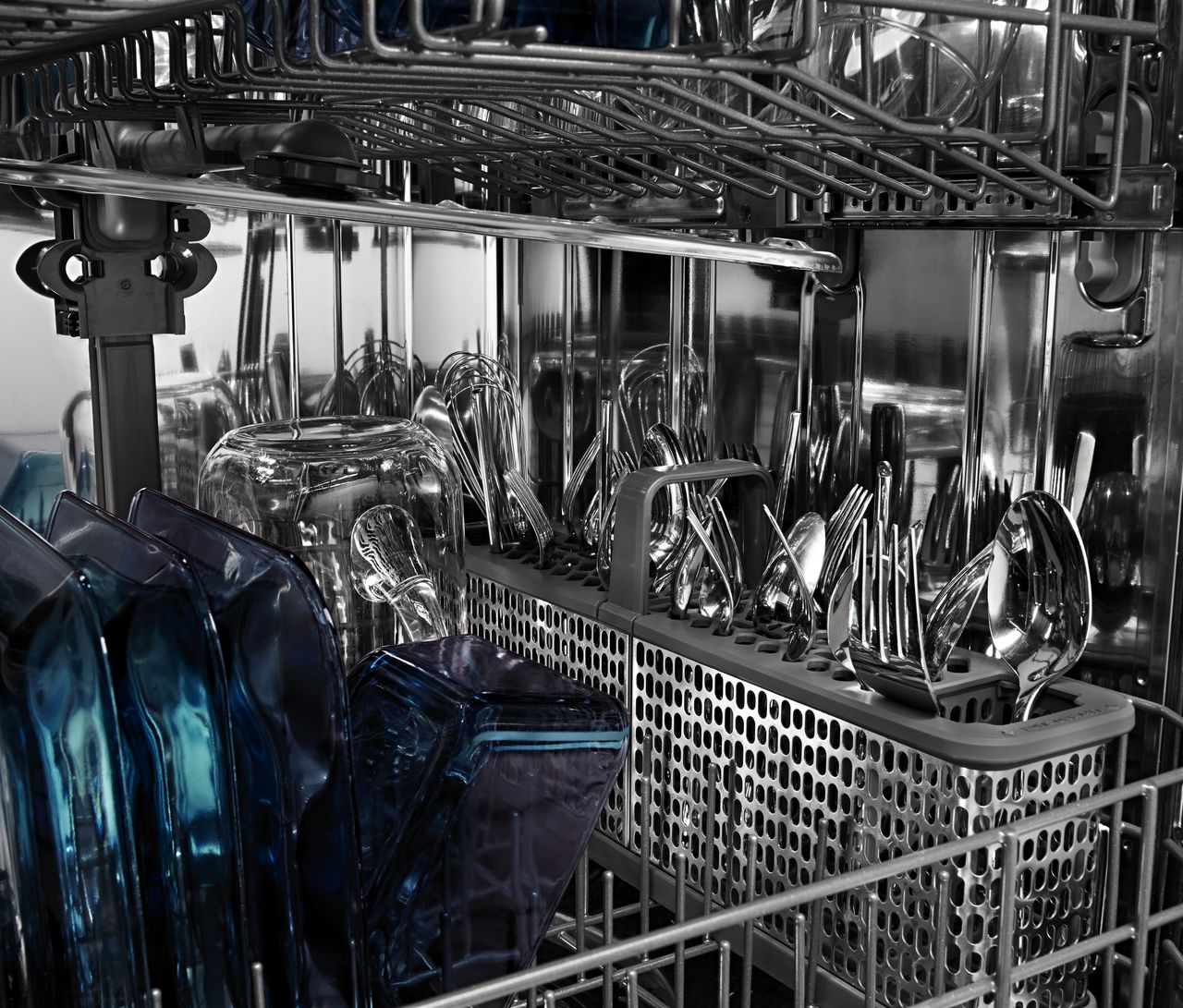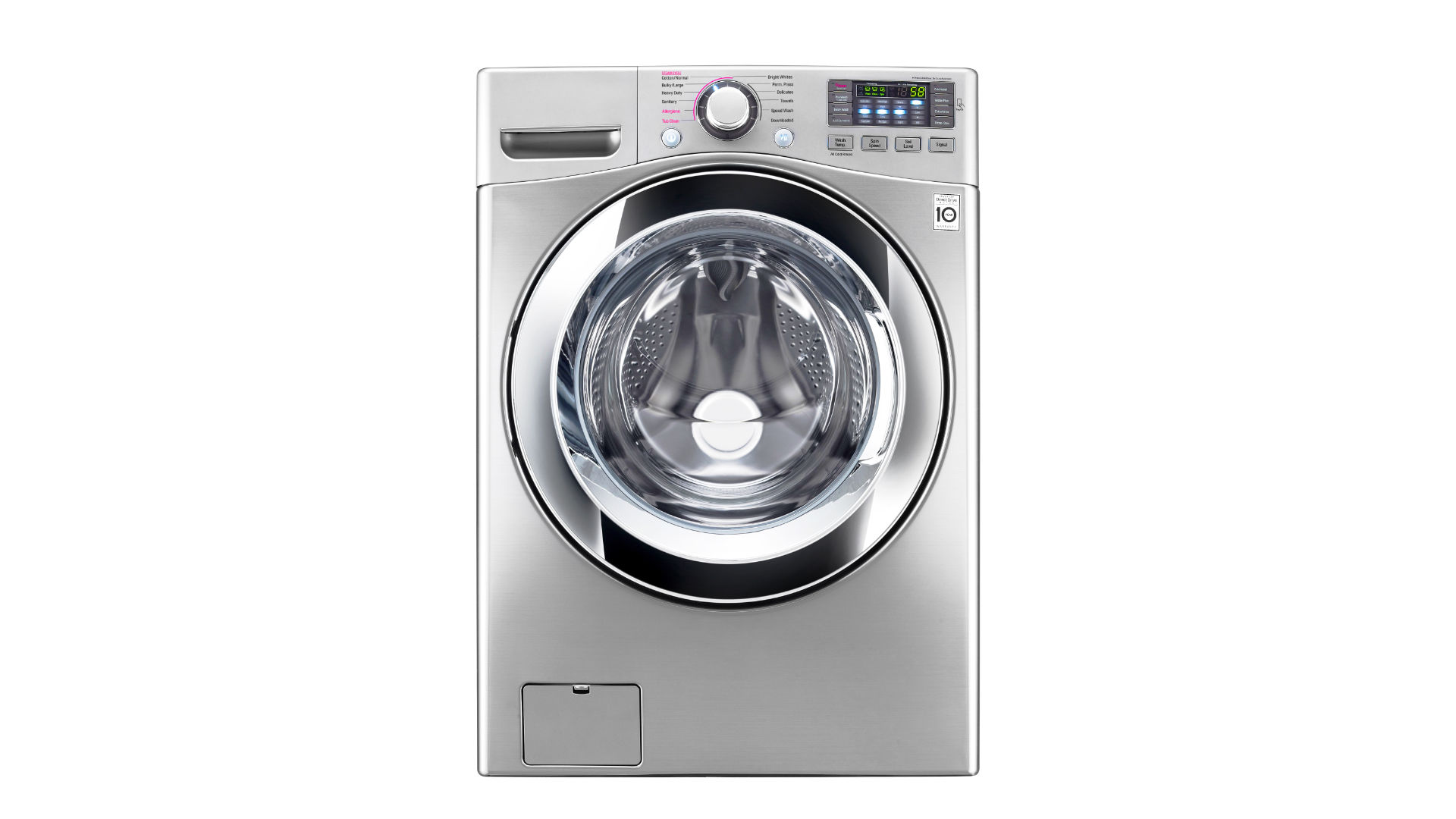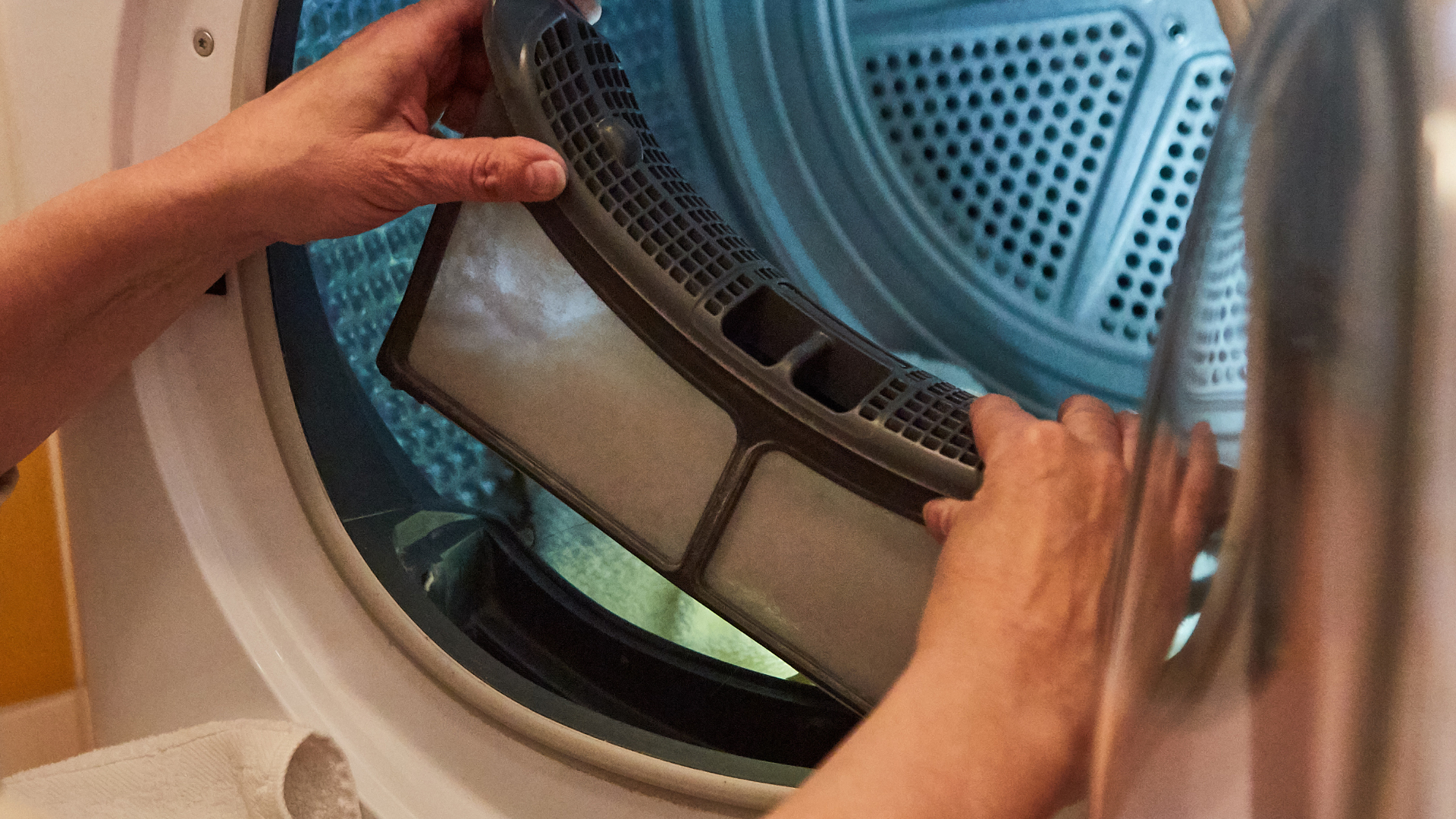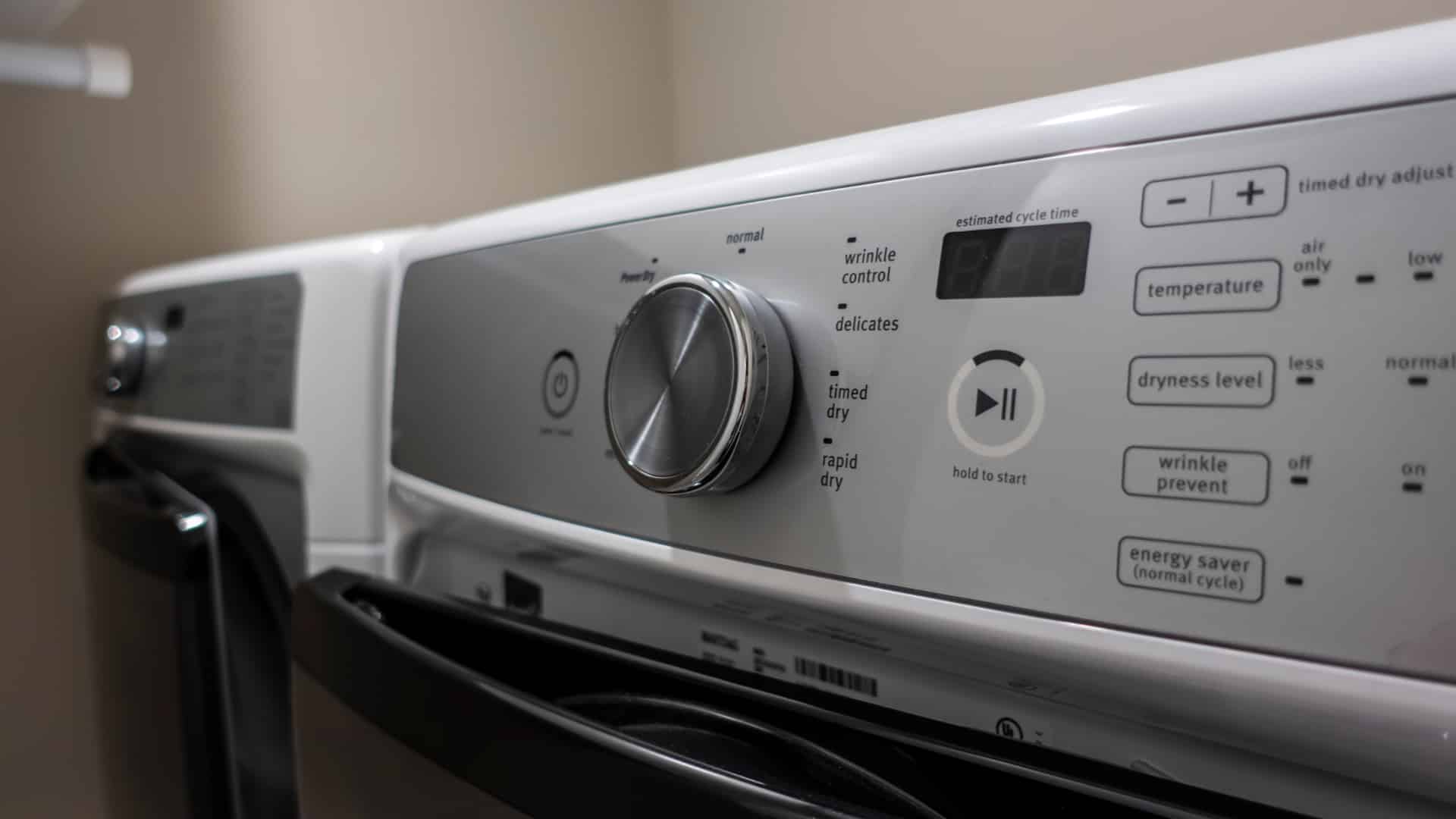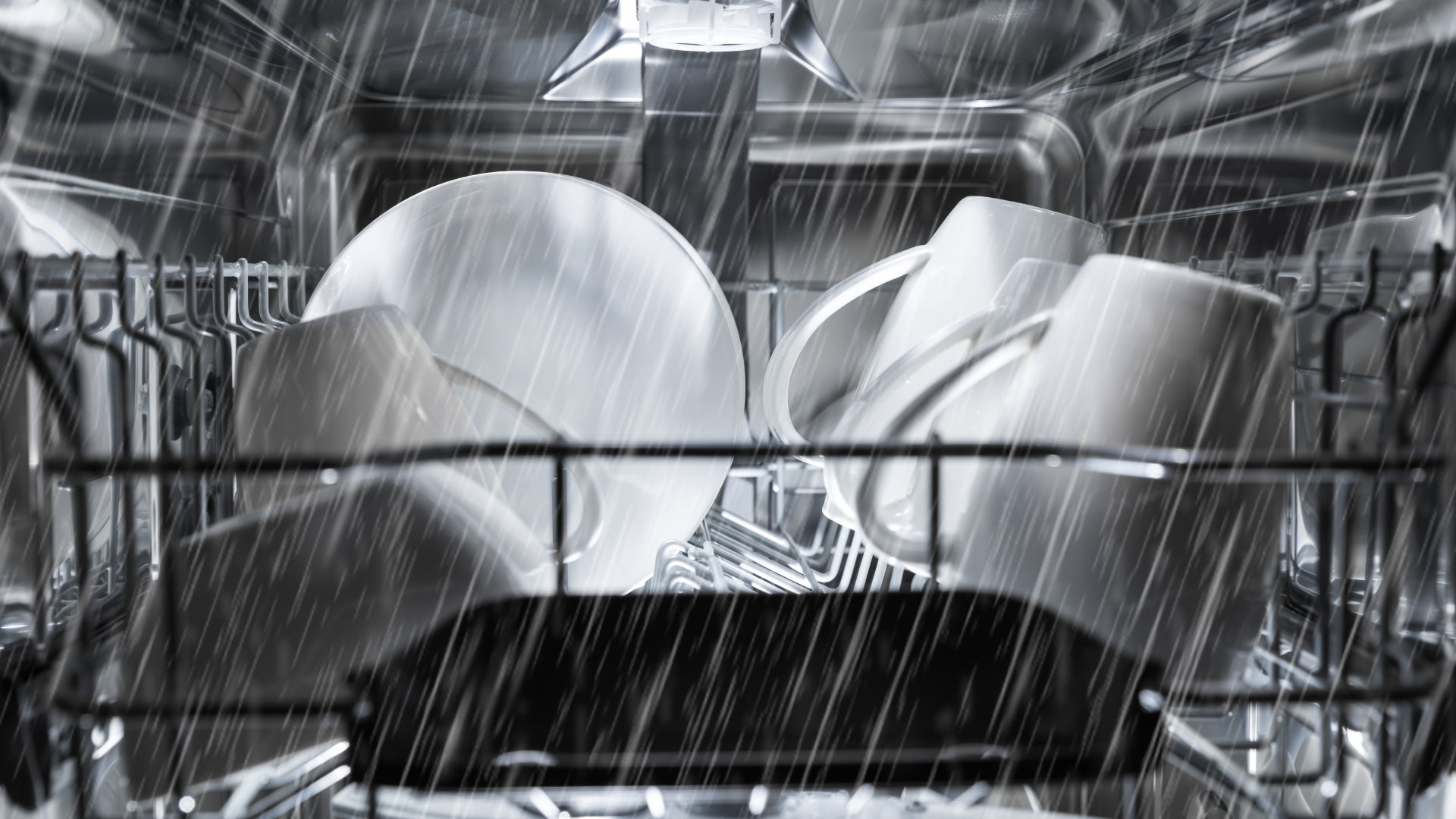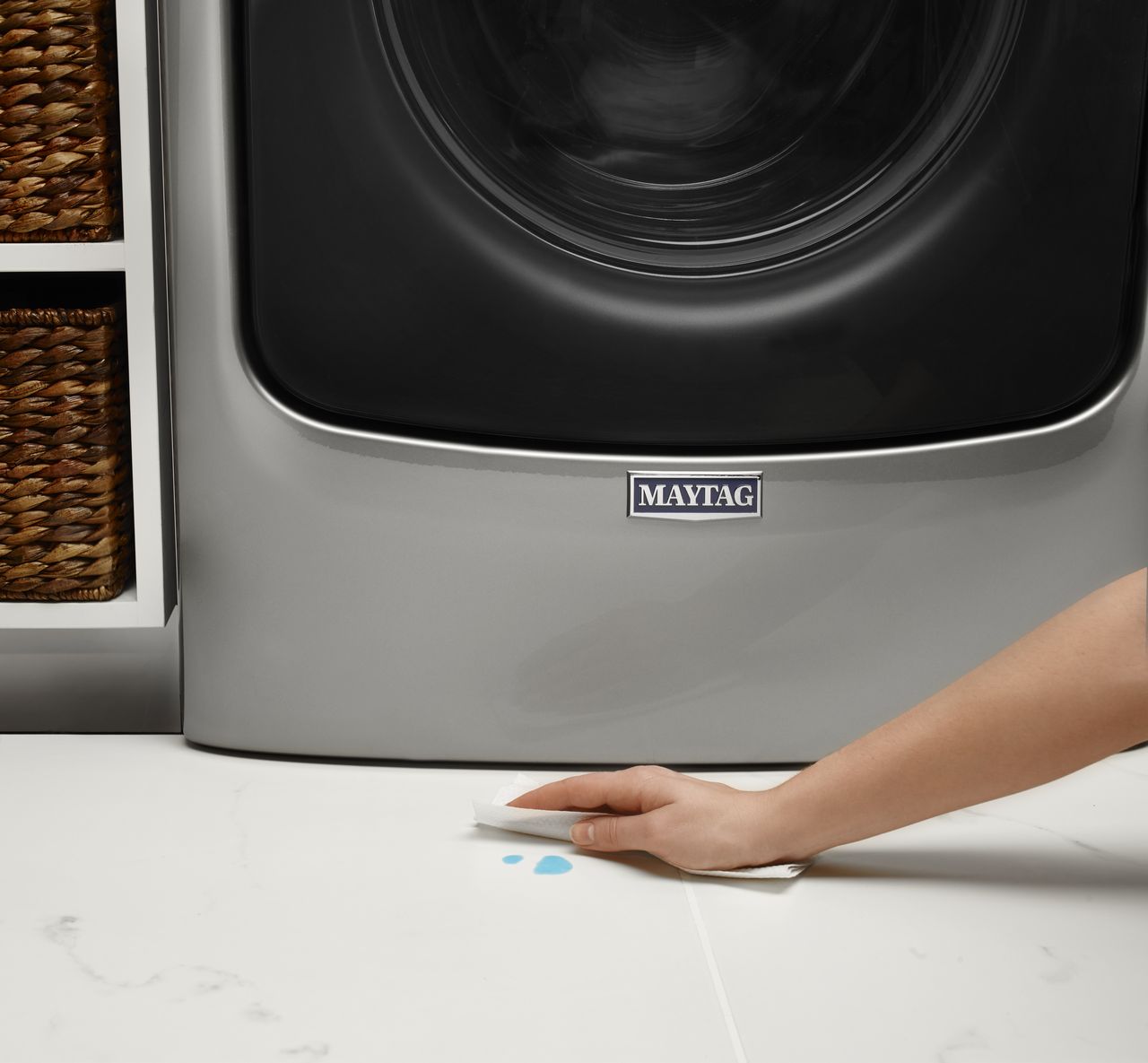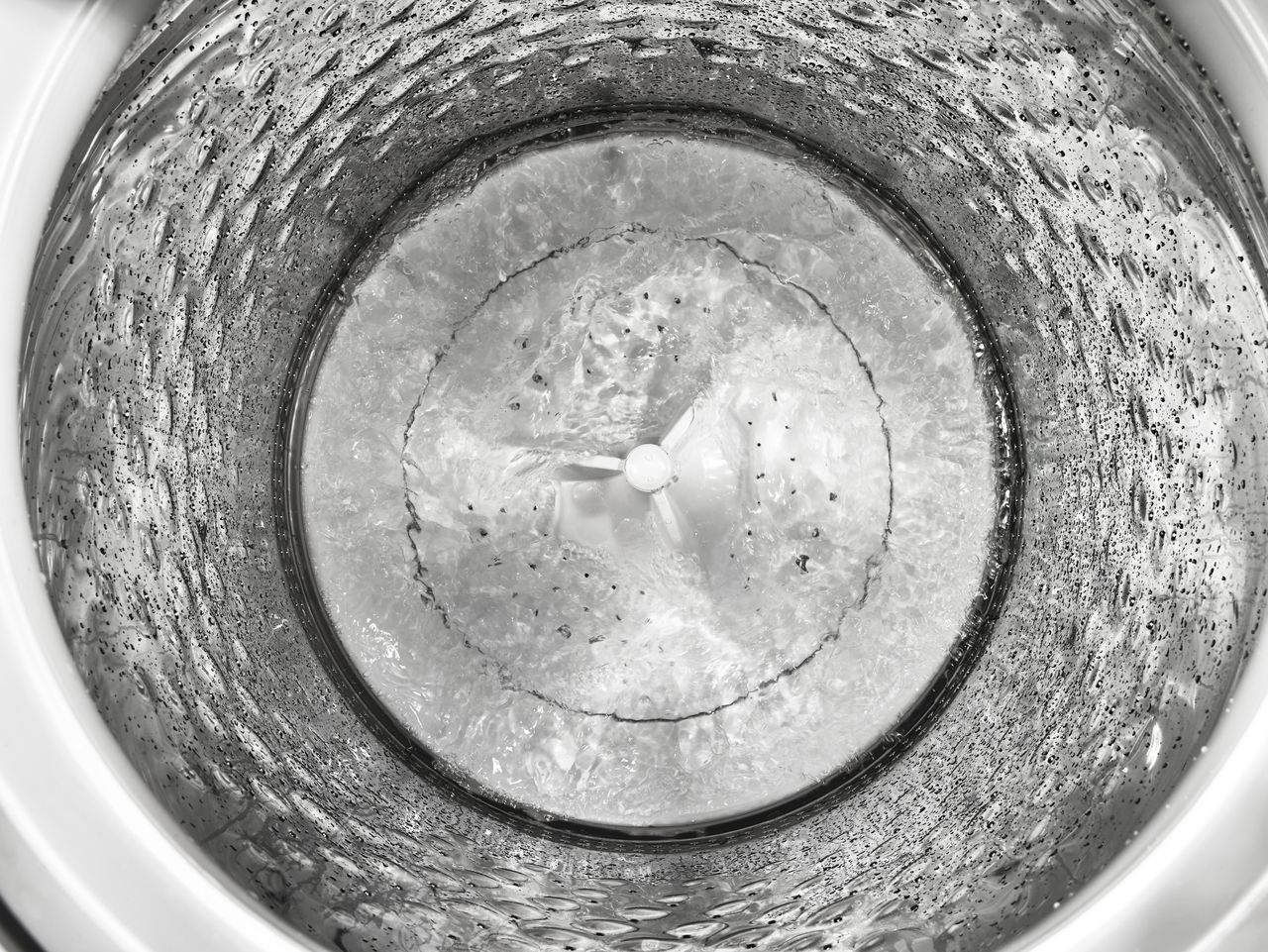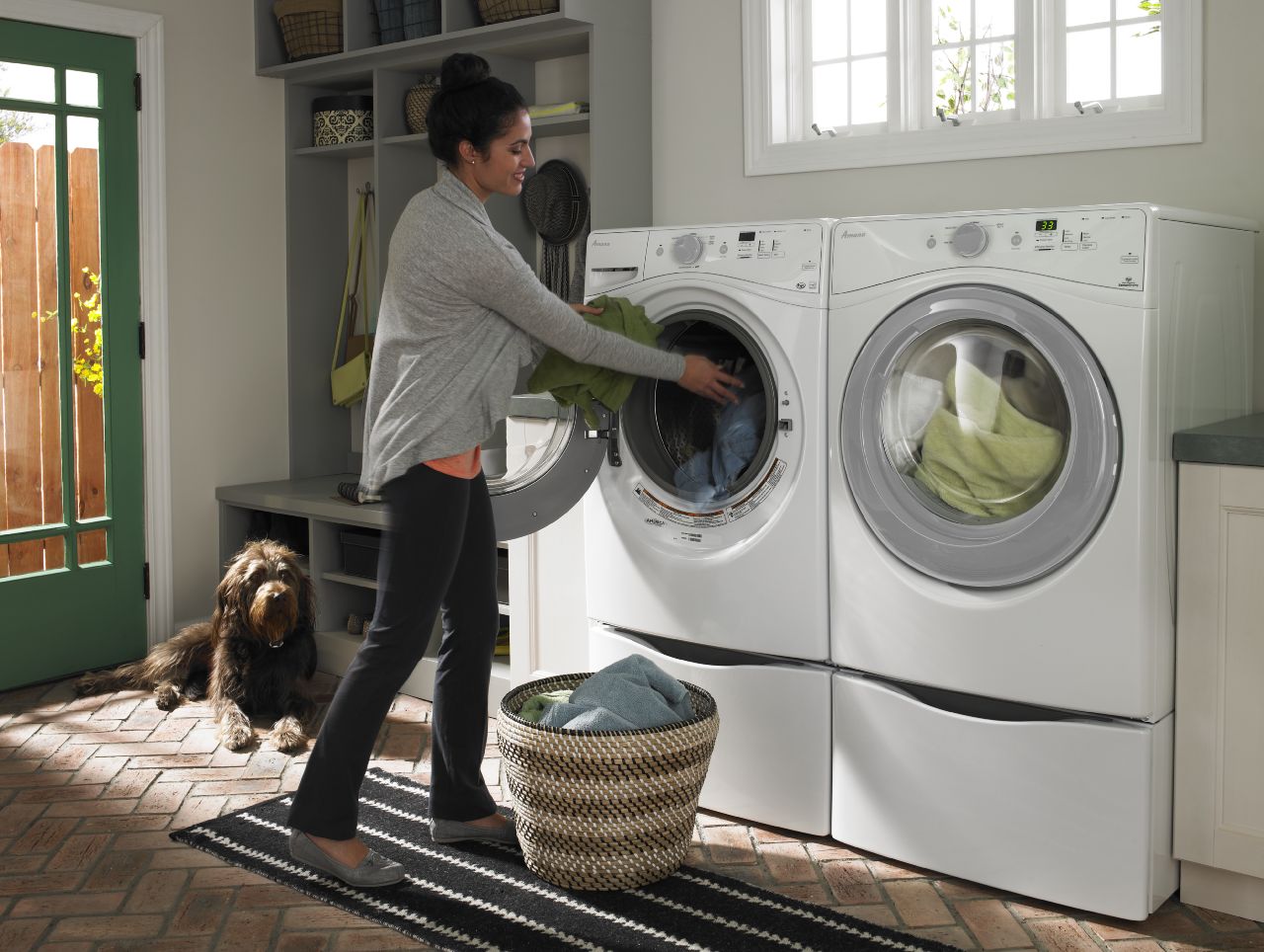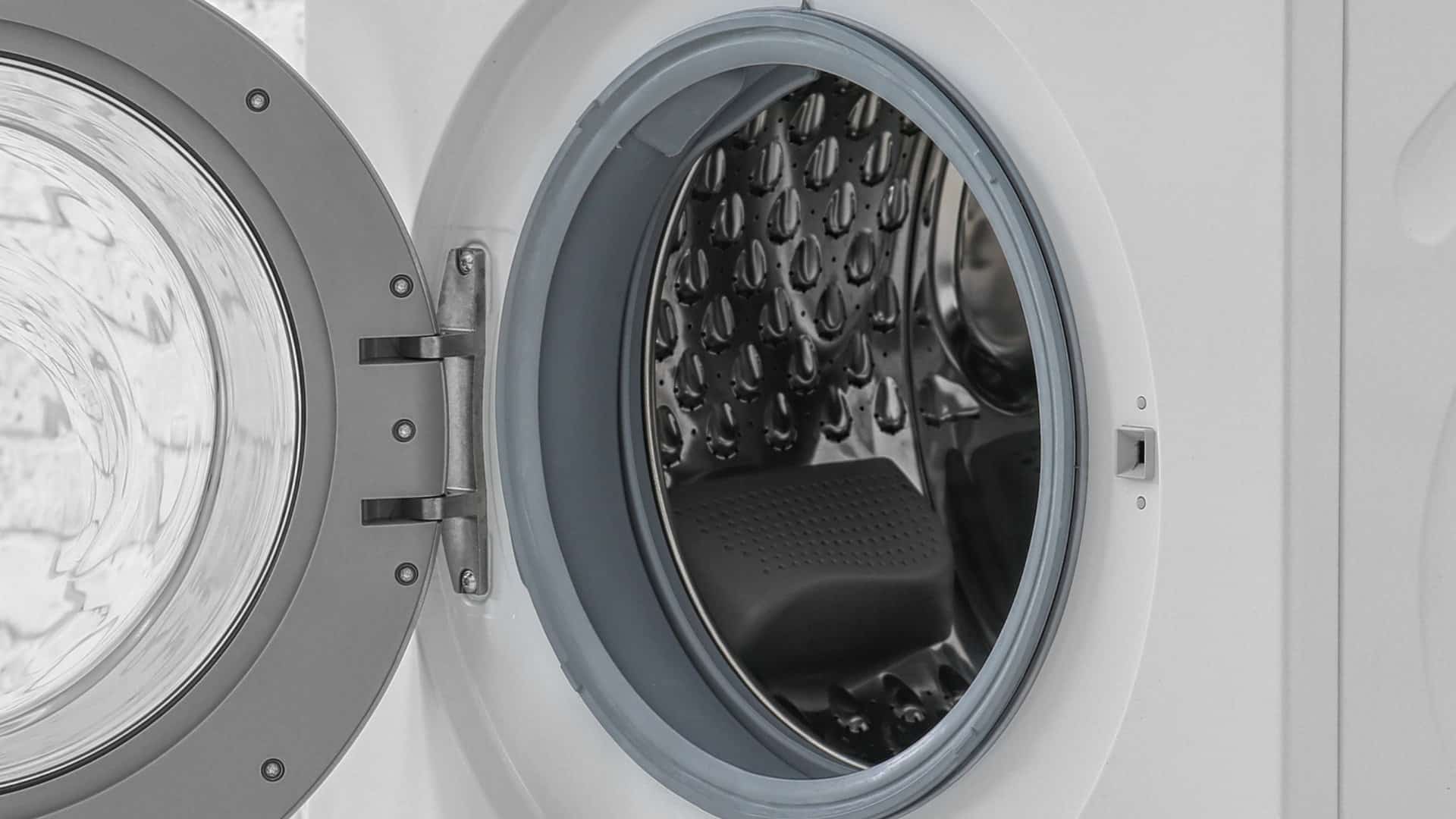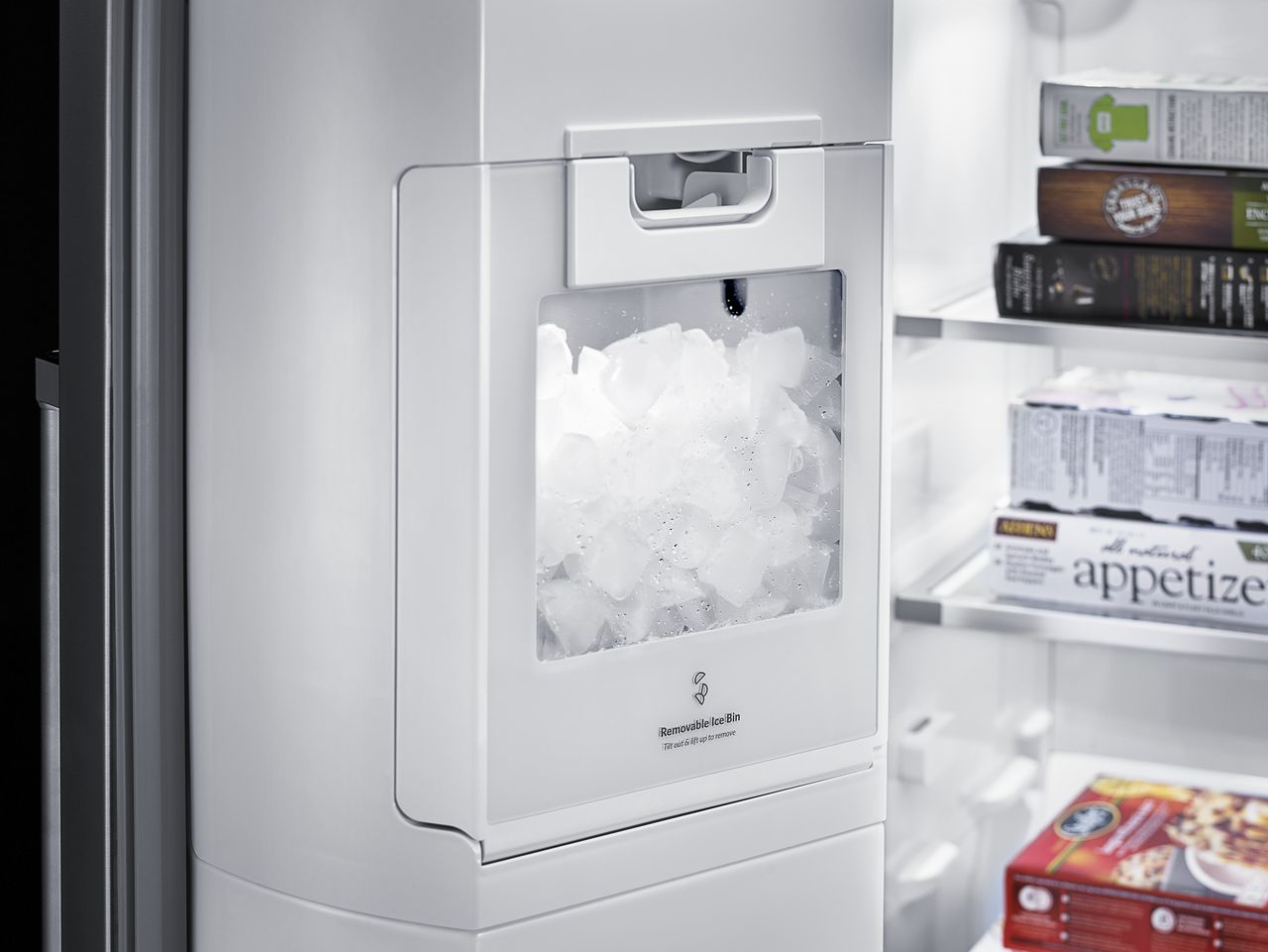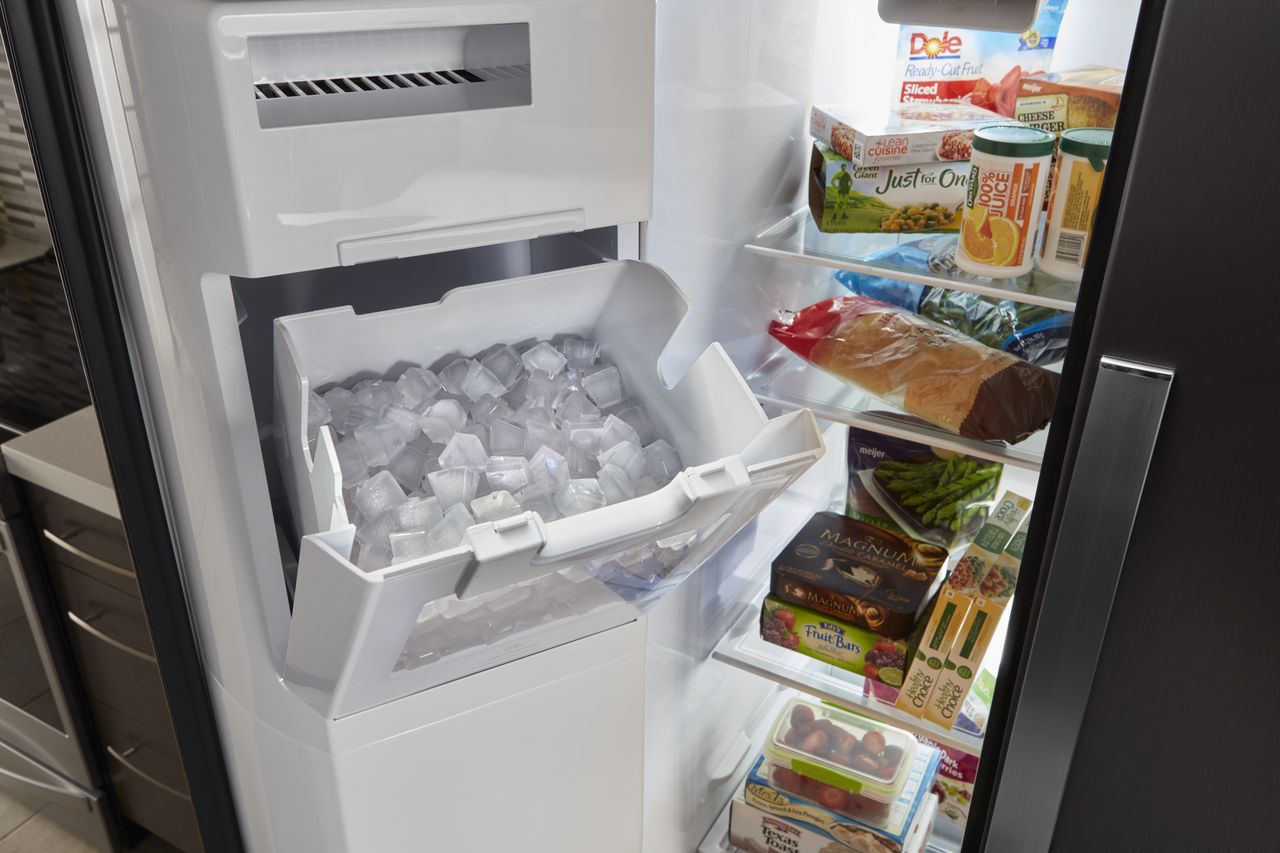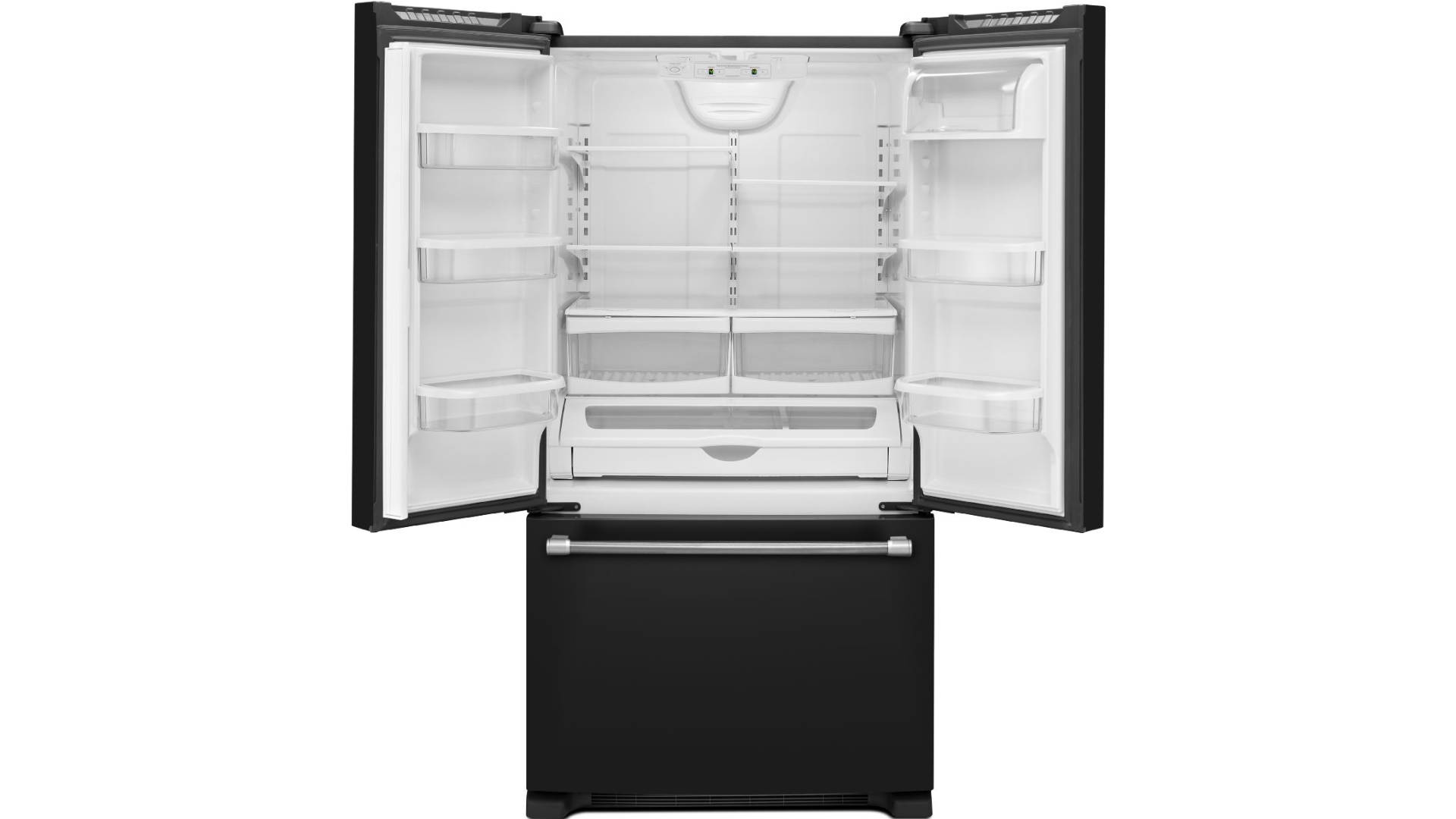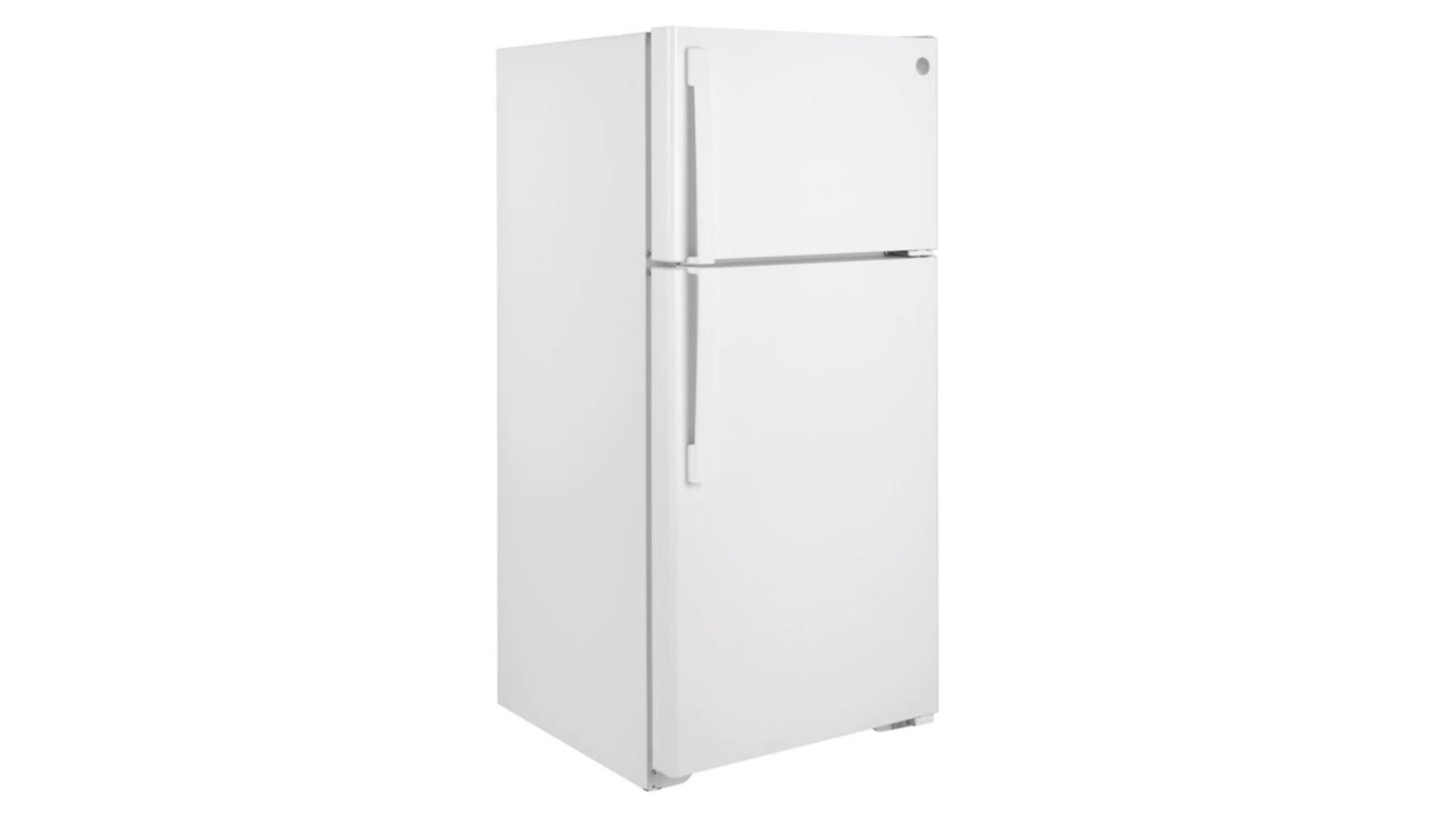Fridges are used in most households to keep their contents cool or frozen. This is achieved by circulating refrigerant which changes from a liquid to a gaseous state. Evaporation, as this process is known, cools the surrounding area resulting in a cold fridge.
When your fridge is unable to keep your food cool it means there is a problem. Before you call a repair technician there are a few things you can check yourself. Follow this step by step guide on how to fix your fridge if it is too warm.
Start with the simple fixes
Check your fridge’s power supply
While it may seem like something that is too easy to overlook, ensuring your fridge is plugged into a power source and turned on is the best place to start. Once you have confirmed you have power and your fridge is running, move on to the next step.
Check your thermostat has not been changed
Once you have established there is power to your fridge then the next step is to check the thermostat. Locate your thermostat which is usually found on the back wall of your fridge. Check to see that it has been set to an appropriate temperature. According to the FDA, the recommended temperature for a refrigerator is at or below 4 degrees celsius. If your thermostat was set too high then wait for a few hours before rechecking the temperature.
Check your fridge is not too full
Your fridge works by circulating cool air in order to keep your food chilled. If your fridge is too full it will block the air from circulating and is a common cause of a warm fridge. Try removing some items, in particular those that could be blocking the vent in your freezer compartment. Once these items are removed, close the door and check the temperature again in a few hours. If it has cooled when you come back, your fridge was probably overloaded and you need to put fewer things inside.
Check the fan
Next, move on to some of the external components of your fridge to ensure they are in working order. Follow these simple steps to ensure your fridge’s fan is in good shape:
- Disconnect your fridge from the power supply.
- Use your manual to locate your fridge’s fan.
- Visually inspect the fan, checking for damaged blades or debris.
- Clean the blades thoroughly and ensure you then dry them if water was used during this process.
Reconnect your fridge to the power supply and test.
Check the coils
Fridges coils work to cool and condense the refrigerant in order to help keep the air flow in your fridge cool. They should be cleaned every six months to stop dust and dirt from accumulating on them. Follow these simple steps to clean the coils:
- Disconnect your fridge from the power supply.
- Use your manual to locate your fridges coils. They are usually located behind or under your fridge.
- Visually inspect the coils, checking for damage or debris.
- Clean the coils thoroughly using a handheld vacuum.
Other potential issues
Check the control board
Your fridge’s control board works by communicating with internal heat sensors to regulate the internal temperature. A warm refrigerator could indicate a faulty electrical control board. If the control board is faulty, it may not adjust the temperature appropriately resulting in a warm fridge.
As this is a vital piece of electronics in your fridge, this is one repair best left to the professionals. A replacement board is costly so ensure you have ruled out the simple stuff before calling an expert in. You can check your owners manual or a model specific article on how to diagnose an issue with your control board.
If your fridge does have a control board then the issue potentially lies with the temperature sensor or thermistor. These components are responsible for providing the information from a sensor that controls when the fans are turned on. If these components are faulty it can result in a warm fridge. You should check your owner’s manual or manufacturer’s website to decode the fault code, if you have one.
Check the evaporator fan
Your fridge’s evaporator fan works by drawing cool air from the evaporator coils to circulate throughout the unit. If your fridge is not overfilled then chances are your evaporator fan is not working properly. If this fan does not function as it should then it may hinder the fridge’s ability to stay cool. If this is the case then you will need to replace the fan’s motor. Ensure you get a fan from a reputable supplier and follow a model specific guide in order to replace it.
Frosty evaporator coils
A common occurrence following an evaporator fan not working correctly is for the evaporator coils to frost over. In order to check if your coils are frosted over you will need to remove the back panel from the fridge.
Follow these simple steps to check if your evaporator coils are frosted over:
- Unplug your fridge.
- Remove the back panel (consult your owner’s manual if you are unsure).
- Visually check to see if the coils are frosted over.
- Replace the back panel.
If your coils have frosted over then they will need to be defrosted.
Check the defrost timer
Your defrost timer kicks in every two days or so to allow the evaporator to be defrosted. It does so by shutting down the compressor for roughly half an hour at a time. If your default timer is faulty, frost will begin to build up on your fridge’s vital components. This may explain why your fridge is warmer than expected.
Replacing this timer is a job for a certified technician as it requires a live voltage test.

